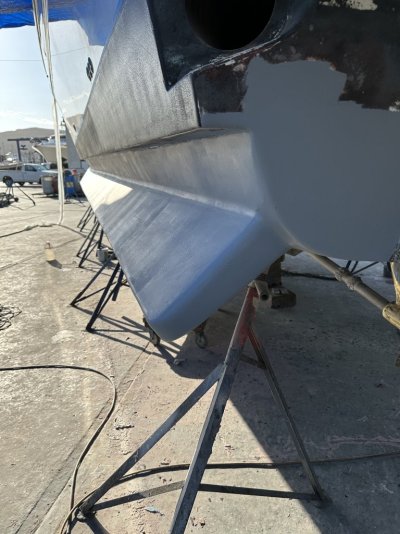Thanks for throwing some actual numbers down
@Hippocampus.
From my research I’ve learned that the “average” rolling chock is rather worthless at less than 10% effectiveness.
The better designed, larger ones, like what KSanders has, are pushing about 35% reduction. That’s the maximum my naval architect claimed could be achieved. For our design he indicated a width of about 12-14 inches.
When I spoke with Dr Bass he stated the max reduction of a well-tuned flume tank is about 65%. My feeling is that a flume, coupled with a heavy chined hull, would be sufficient, especially because they work at anchor.
If one wants to achieve greater effectiveness then only active stabs of some type are required.
Now that my search has shifted heavily towards used vessels, I actually find that those with traditional hydraulic fins are a mixed blessing. That’s because they don’t work at anchor, which is an important use-case for my wife.

